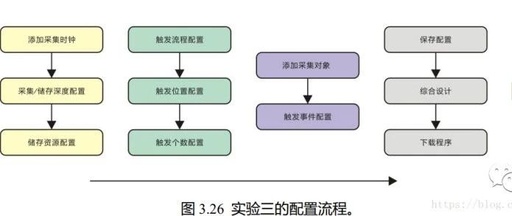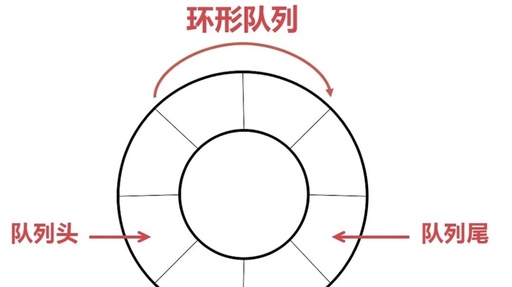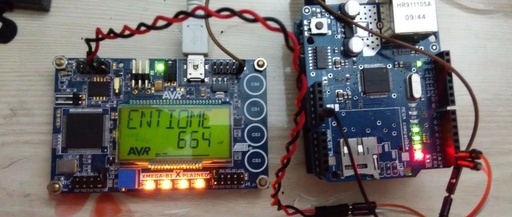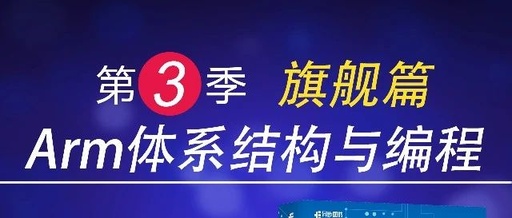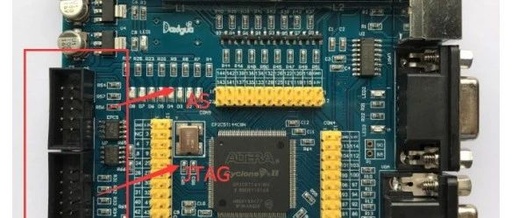FPGA Debugging: Principles and Examples of SignalTap Logic Analyzer
Welcome FPGA engineers to join the official WeChat technical group. Clickthe blue textto follow us at FPGA Home – the largest pure FPGA engineer community in China For FPGA debugging, we mainly take Intel FPGA as an example, simulating and debugging in the Win10 Quartus II 17.0 environment, using the development board type EP4CE15F17. This … Read more
